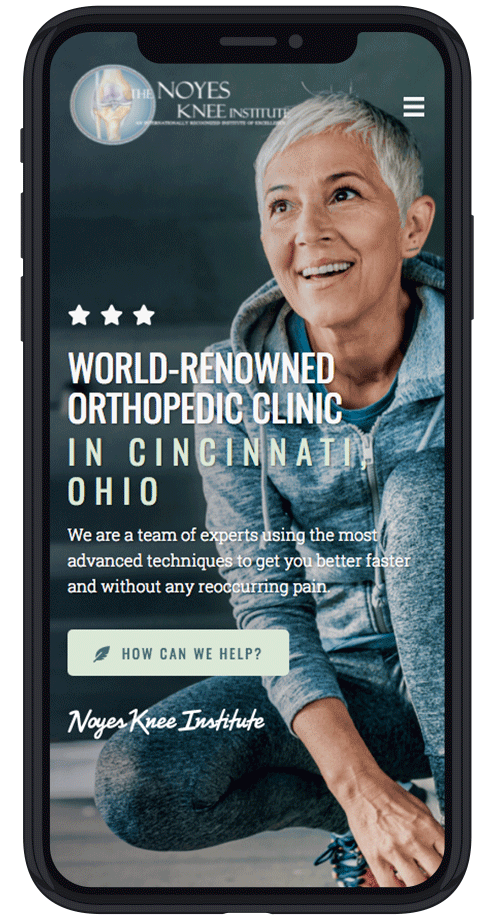Published On
Category
Any time you take part in any kind of active sports, you face the risk of injury. A meniscus tear is a common type of injury sustained this way. In severe cases, a meniscus tear requires a complete knee replacement to fix.
However, there are some alternative treatments for cases that are not as severe. Some nonsurgical or less invasive treatments are viable options. Here are a few treatments to consider before pursuing knee replacement surgery.
Physical Therapy Exercises
Physical therapy is a proven method for torn meniscus recovery. In fact, even if you end up needing surgery, physical therapy ahead of time leads to a shorter recovery time due to stronger muscle tissue.
Physical therapy exercises not only strengthen the knee and the meniscus but also strengthen the muscles and joints in the rest of the leg. The stronger the leg is as a whole, the easier it will be to recover.
Exercises such as leg lifts, both with and without resistance bands, leg raises with ankle weights, and water walking are all great options. Meniscus tear physical therapy focuses on low impact muscle strengthening. This helps the meniscus recover more effectively.
Cortisone Injections
Cortisone injections are sometimes used to help manage the inflammation caused by a meniscus tear. Cortisone is an anti-inflammatory. Your doctor will inject the cortisone directly into the area where your injury is to help ease the swelling and inflammation.
As the inflammation reduces, so will your pain. While cortisone is ideal for reducing discomfort, it does not encourage healing. You will need additional treatment, such as physical therapy or surgery, to repair the problem.
Depending on the severity of the inflammation, it may take more than one injection for you to see relief. You should notice some relief within a few days of the injection, so reach out to your doctor if this is not the case.
Meniscus Repair Surgery
Repair surgery is a less invasive option for addressing a meniscus tear as compared to a full knee replacement. Meniscus repair surgery is typically arthroscopic and relies on a lighted tube inserted through a small incision. Because the incision is small, you will recover quicker than with a full replacement.
Rest is important in the days following your surgery. Ice your knee regularly for 20 minutes at a time to help keep the inflammation down as well. Full recovery can take several weeks, so expect to ease into your traditional activity levels.
Meniscus Transplant
If you are not a good candidate for a full knee replacement but your meniscus tore beyond what arthroscopic repair can handle, your doctor may suggest a meniscus transplant. In most cases, a meniscus transplant is completed with a meniscus from an organ donor, but synthetic units are also available.
A meniscus transplant requires small incisions, meaning you won’t have significant stitches or scarring. A small camera inserted in the incision makes it easier for your surgeon to place the new meniscus in position.
In some cases, you may be discharged the same day as your surgery, but in other cases, you might have to stay in the hospital for a day or two until you gain some mobility. You will need crutches for several weeks following the surgery while your knee heals and you are able to put weight on the joint again.
Your orthopedic surgeon can help you decide what course of action is best for your meniscus tear. If these treatments are not viable, you may need a full knee replacement. If you have any questions or need more information, contact us today. The Noyes Knee Institute is happy to help.

